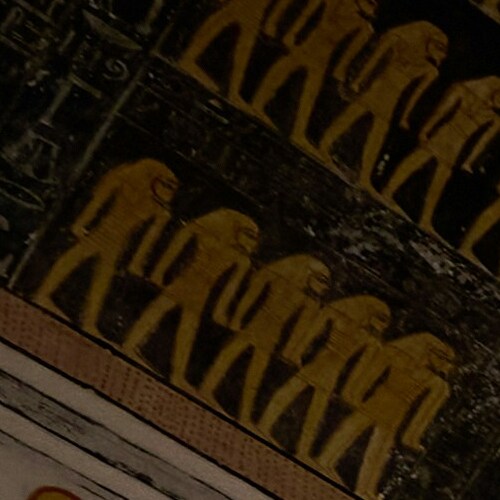No other nation in the world says ‘Welcome’ as often as the Egyptians, and every time, they mean it. While the ancient civilization of Egypt continues to amaze, contemporary Egyptians are equally remarkable.
The Colossi of Memnon
The Colossi of Memnon: A Testament to Ancient Egyptian Grandeur
Overview
- Location: Situated on the West Bank of Luxor, the Colossi of Memnon are two monumental statues representing Pharaoh Amenhotep III from the 18th Dynasty of ancient Egypt.
- Height: Approximately 17 meters tall, these statues were once the guardians of Amenhotep III’s mortuary temple, which now lies in ruins.
Historical Significance
- Origin: Carved from massive granite blocks transported from quarries near Cairo.
- Design: The statues depict the seated figure of Amenhotep III, with smaller figures of his wife, Queen Tiye, and mother, Queen Mutemwiya, carved at his legs.
The Legend of Memnon
- Mysterious Sounds: Following an earthquake in 27 BC, which damaged the northern colossus, the statue began emitting a ‘singing’ sound at dawn. This phenomenon attracted Greek and Roman tourists.
- Mythical Connection: The statues were named after Memnon, a Trojan hero from Greek mythology, who was believed to sing to his mother, Eos, at sunrise.
- Restoration by Septimus Severus: The attempt to repair the northern statue in the 3rd century AD led to the cessation of the ‘singing’ sounds.
Current Status
- Tourist Attraction: The Colossi of Memnon remain a popular historical site, drawing visitors intrigued by their size, history, and the legends associated with them.
- Conservation Efforts: Recent cleaning projects have revealed original paint beneath layers of accumulated dirt, shedding more light on the artistic techniques of the era.
Cultural and Archaeological Importance
- Symbol of Thebes: The statues are emblematic of the ancient city of Thebes and its rich architectural heritage.
- Archaeological Interest: Although the mortuary temple behind the statues is largely destroyed, the Colossi continue to offer insights into the construction and artistic practices of ancient Egypt.
Conclusion
The Colossi of Memnon stand as a remarkable relic of ancient Egypt’s architectural ingenuity and cultural richness. Their enduring legacy, coupled with the fascinating legends surrounding them, makes them an essential part of any visit to Luxor’s historical landscape.
Created on 18 March 2020
Updated on 23 Sep, 2024
LUXOR Travel Guide



